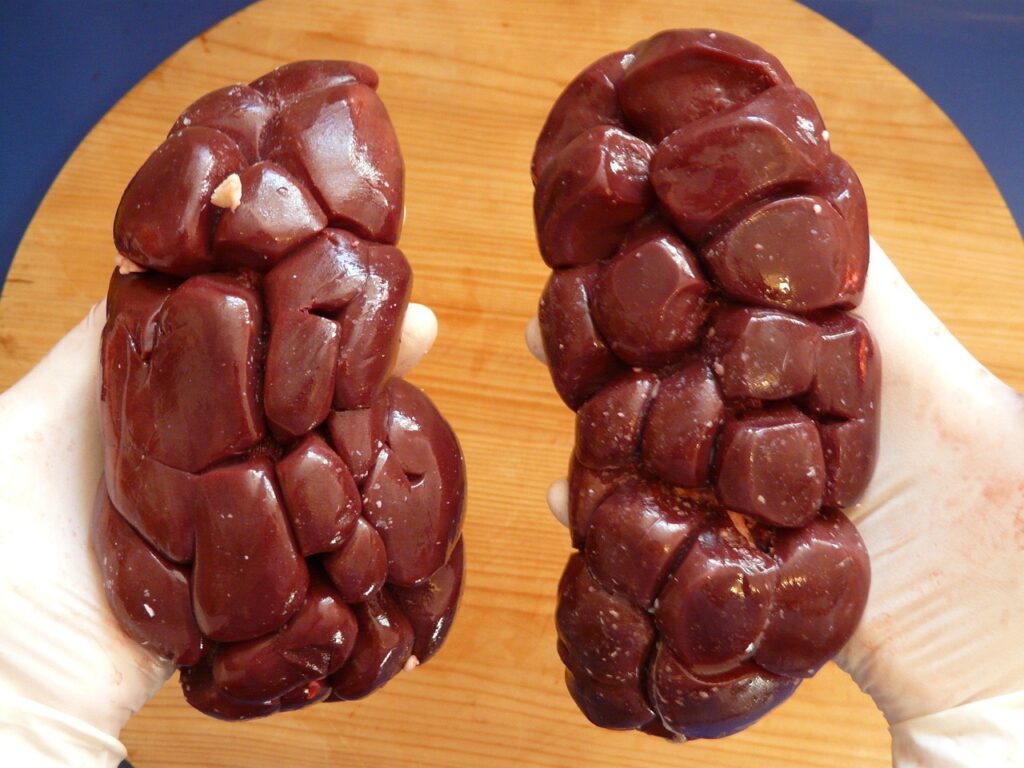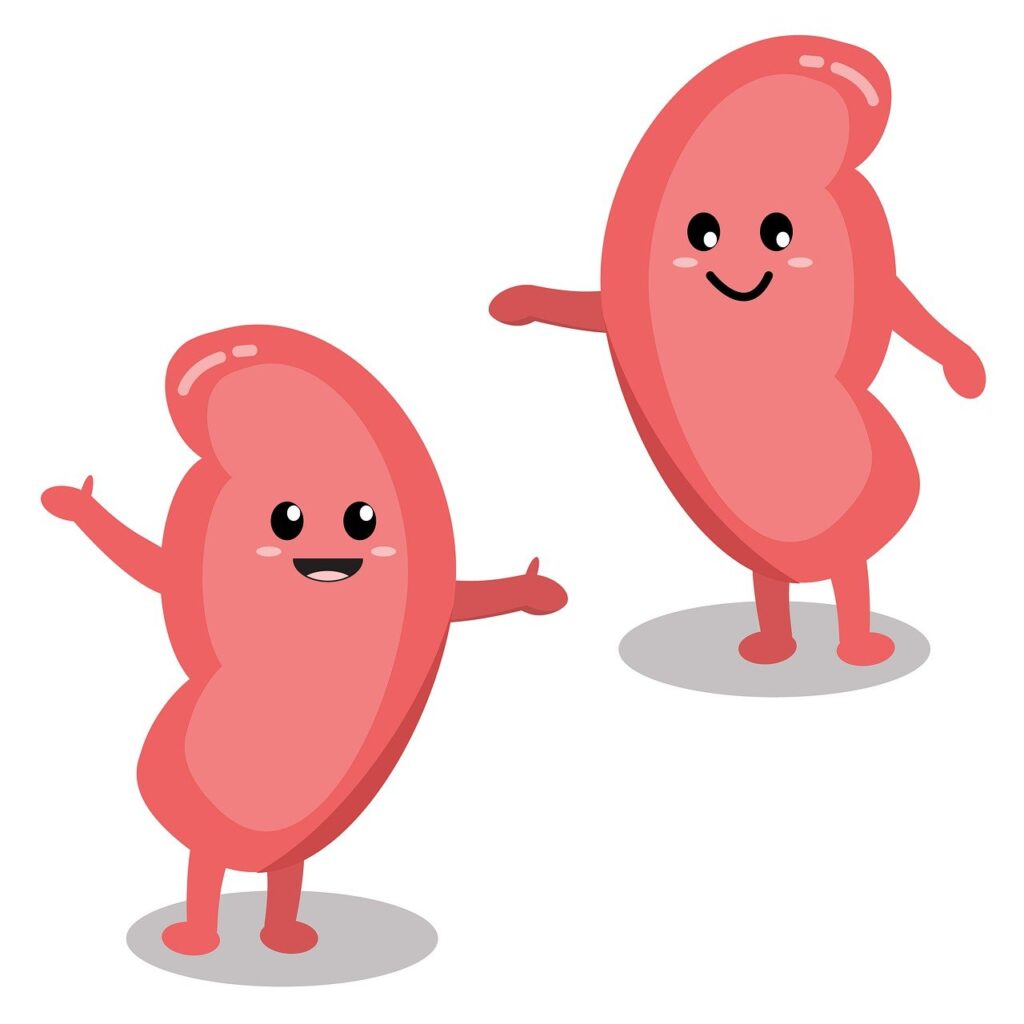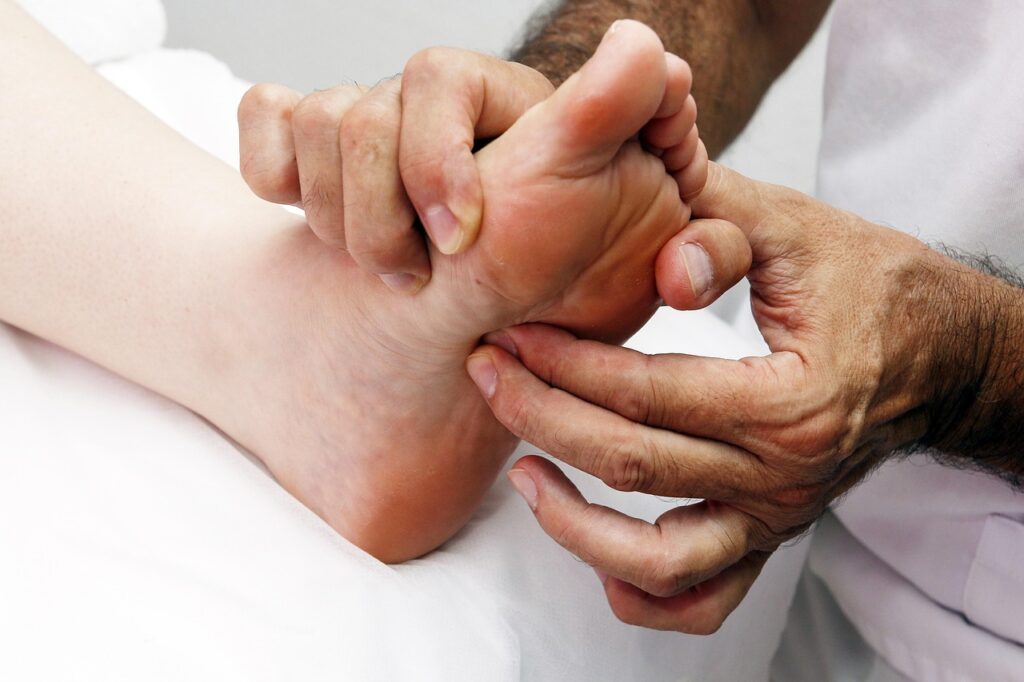Our bodies are intricate maps, constantly sending signals about our internal health. It might sound unusual, but some of the most crucial early warnings about kidney failure can actually appear in your feet. These subtle messages, often dismissed as minor annoyances, could be your body’s urgent S.O.S. to prevent serious health complications down the road.
Millions of Americans are navigating daily life with chronic kidney disease (CKD) and are completely unaware of their condition. The National Kidney Foundation highlights that over 37 million Americans have CKD, with a staggering 1 in 3 individuals at risk. What makes this even more concerning is that kidney failure symptoms are often ‘silent and sneaky,’ as Dr. Frita, a board-certified kidney doctor, explains. Many patients mistakenly believe that consistent urine output means their kidneys are healthy, but this couldn’t be further from the truth. Kidneys can still fail to function properly even when producing a lot of urine.
Your kidneys are vital, bean-shaped organs nestled in your lower back, about the size of a fist. Their role extends far beyond merely filtering urine. They diligently remove waste and toxins from your blood, balance electrolytes, and play a crucial part in preventing anemia and bone disease. When these master filters begin to falter, toxins and fluid can accumulate, and due to gravity, these effects often first make their presence known in the lowest parts of your body: your feet and ankles. Recognizing these signs early is paramount, as it can significantly slow progression and potentially avert the need for dialysis or a transplant. As Dr. Frita often hears from her patients on dialysis, ‘I wish I would’ve met you earlier.’ Today, we’re empowering you with that early knowledge, starting with seven critical signs your feet might be screaming for attention.

1. **Foot Swelling (Edema)**One of the most common and often overlooked indicators of potential kidney issues is persistent swelling in your feet and ankles. Your kidneys are designed to maintain a delicate balance of fluids and sodium in your body, acting as the ultimate filtration system. When their function is compromised, they struggle to effectively remove excess water and salt, leading to an accumulation that gravity pulls downwards, resulting in visible swelling.
Recognizing this swelling, or edema, is often straightforward. A quick visual inspection of your feet and ankles can reveal if they appear larger or puffier than usual. Beyond a visual check, pay attention to how your footwear fits. If your favorite shoes suddenly feel too tight, or if your socks leave deep, lasting indentations around your ankles after removal, these are clear signals that your body is retaining fluid.
For a more definitive self-assessment, you can check for “pitting edema.” Gently press your fingers firmly into the skin on your foot or ankle for a few seconds. If an indentation remains after you lift your fingers, this is a classic sign of pitting edema, strongly suggesting fluid retention. This is a critical indicator that warrants immediate attention from a healthcare professional.
It’s also important not to dismiss swelling if it only appears later in the day. While your feet might look normal in the morning, swelling that develops or worsens after prolonged periods of standing, sitting, or physical activity could still signify an underlying problem. The key is consistency and consulting your doctor to have any persistent swelling checked out, as it could be a crucial warning from your kidneys.
2. **Numbness or Tingling In Your Feet (Peripheral Neuropathy)**Have you ever experienced that ‘pins and needles’ sensation when your foot falls asleep, only for it to linger unnervingly? This persistent numbness or tingling in your feet, medically known as peripheral neuropathy, can be a serious warning sign of kidney disease. When your kidneys are failing, toxins, specifically a substance called uremia, can build up in your bloodstream. This toxic accumulation directly impacts your nerves, causing damage that manifests as neuropathy.
Peripheral neuropathy doesn’t just present as tingling; it can also lead to a distinct burning sensation, a decreased ability to feel, or even a complete loss of sensation in your feet. Imagine walking barefoot and being unable to feel a splinter or a sharp object. This lack of sensation poses a significant risk for unnoticed injuries, which can quickly escalate into severe infections, particularly when combined with other kidney-related complications.
The danger is profound because an injury, blister, or cut might go completely undetected due to the numbness. Without the protective warning system of pain, minor wounds can become infected and progress rapidly, often before you even realize there’s a problem. This makes routine foot checks incredibly important, especially if you experience any degree of numbness or tingling.
Therefore, if you are experiencing these unusual sensations—numbness, tingling, or burning—in your feet, it’s crucial to pay close attention. Such symptoms should not be ignored, as they could be an early and serious warning sign of developing kidney disease. Consulting your doctor promptly can help determine the cause and guide appropriate action, potentially slowing or halting further nerve and kidney damage.
Read more about: Decoding Deficiency: Essential Vitamin Warning Signs and Why Winter Matters for Your Health
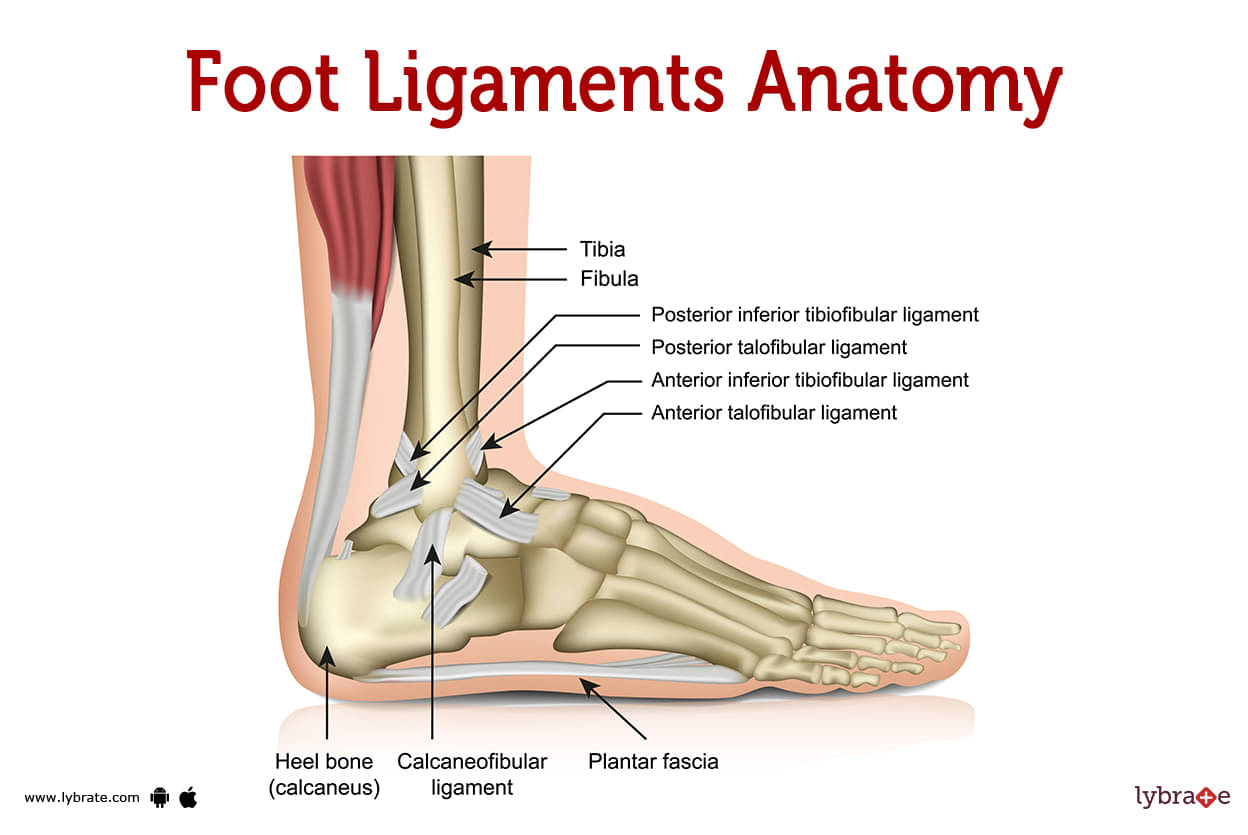
3. **Foot Pain or Discomfort**Foot pain is an incredibly common complaint, and it’s easy to attribute it to uncomfortable shoes, excessive walking, or a stubbed toe. Indeed, there are a million things that can make your feet hurt. However, you should add kidney disease to that extensive list, as it can be a surprising and significant cause of foot pain, stemming from two distinct mechanisms: bone disease and gout.
Firstly, your kidneys play a largely underappreciated yet critical role in maintaining your bone health. They are instrumental in regulating the metabolism of essential minerals like calcium and phosphorus, as well as parathyroid hormone. When kidney function declines, these substances can fall out of balance, leading to a condition known as renal osteodystrophy. This kidney-related bone disease can cause significant bone pain, which frequently manifests in the bones of your feet.
Secondly, kidney disease is intrinsically linked to gout, often referred to as the “dirty G word.” Your kidneys are responsible for filtering out excess uric acid from your blood. When they are not working properly, uric acid can accumulate to high levels. This buildup causes uric acid to crystallize in your joints, leading to sudden, excruciatingly painful gout flares, most notoriously in the big toe. Gout pain, therefore, is not just a joint issue; it can be a direct consequence of your kidneys struggling to perform their vital filtration role.
Given these connections, foot pain, especially if it’s persistent, unexplained, or accompanied by other symptoms, should not be dismissed. Whether it’s the deep ache of bone disease or the searing pain of a gout attack, foot discomfort can serve as a potent warning sign for people with kidney disease. It underscores the importance of consulting your doctor to investigate the root cause, ensuring that this sneaky symptom doesn’t go unnoticed and unaddressed.
Read more about: Mastering Winter: 12 Smart Ways to Prepare Your Older Car for Icy Roads and Freezing Temperatures

4. **Changes in Skin Color On Feet**Observing changes in the color of the skin on your feet can offer profound insights into your kidney health. As a kidney doctor, Dr. Frita often notes that she can gain a good preliminary idea of a patient’s chronic kidney disease status just by examining their feet. This is because kidney failure can significantly impair circulation, leading to various discolorations that serve as silent indicators.
The underlying issue often stems from the same disease processes that damage blood vessels in the kidneys, such as diabetes and high blood pressure. These conditions can also affect the blood vessels in your feet, leading to compromised circulation. Poor arterial circulation, where insufficient oxygen-rich blood reaches your feet, can result in a pale or light skin tone. In more severe cases, a lack of oxygen can cause your toes to appear bluish, a condition that, if left untreated, can progress to gangrene, turning the skin black and indicating tissue death.
Conversely, issues with venous circulation, which is responsible for returning blood to the heart, can also manifest in visible changes. If kidney disease is associated with poor venous flow, blood can back up and pool in your feet, causing them to appear ruddy or distinctly red. Furthermore, electrolyte abnormalities, such as elevated phosphorus levels due to inadequate kidney filtration, can lead to intensely itchy skin. Chronic scratching can then result in hyperpigmentation, or dark coloration, in the affected areas of the feet and ankles.
Considering that diabetes is a leading cause of kidney failure, the connection extends to diabetic foot complications. Poor wound healing, another hallmark of diabetes, combined with kidney disease, can exacerbate issues like foot wounds, gangrene, and ulcers, all of which alter skin color. Thus, any unusual or persistent changes in the hue of your foot skin—be it pallor, blueness, redness, or dark patches—should be recognized as a potential warning sign that your circulation is compromised, and your kidneys may be in distress.
Read more about: Beyond the Stiffness: Serious Autoimmune Signals Including Those That Start in Your Skin You Should Never Ignore

5. **Dry, Itchy Skin**While dry, itchy skin might seem like a common nuisance easily remedied with lotion, persistent and intense pruritus (itching), particularly on your feet and ankles, can be a toxic sign of kidney failure. This symptom arises directly from the kidneys’ inability to perform their essential filtration duties, leading to a buildup of toxins and certain electrolytes in the bloodstream.
A prime example of such an electrolyte is phosphorus. Healthy kidneys effectively filter out excess phosphorus, but in kidney disease, this mineral can accumulate to dangerously high levels in the blood. This elevated phosphorus is a significant culprit behind the severe itching experienced by many patients with kidney disease. As Dr. Frita describes, some of the most miserable situations she observes are patients with high phosphorus, who scratch incessantly until their skin becomes raw and irritated.
Beyond phosphorus accumulation, kidney dysfunction can also disrupt the body’s overall fluid and electrolyte balance, contributing to excessively dry skin. Furthermore, chronic kidney disease can lead to various vitamin deficiencies, which in turn can exacerbate both dryness and itching. So, while reaching for hypoallergenic lotion and fragrance-free soaps can offer temporary relief, these measures alone do not address the underlying systemic issue.
If you find yourself battling persistently dry, intensely itchy feet and ankles that don’t respond to conventional remedies, it’s crucial to view this as more than just a dermatological problem. This pervasive itching is a critical signal that your kidneys might be struggling to rid your body of harmful substances. Consulting your doctor is a vital next step to investigate the possibility of kidney involvement and to manage these discomforting symptoms effectively.
Read more about: Beyond the Stiffness: Serious Autoimmune Signals Including Those That Start in Your Skin You Should Never Ignore
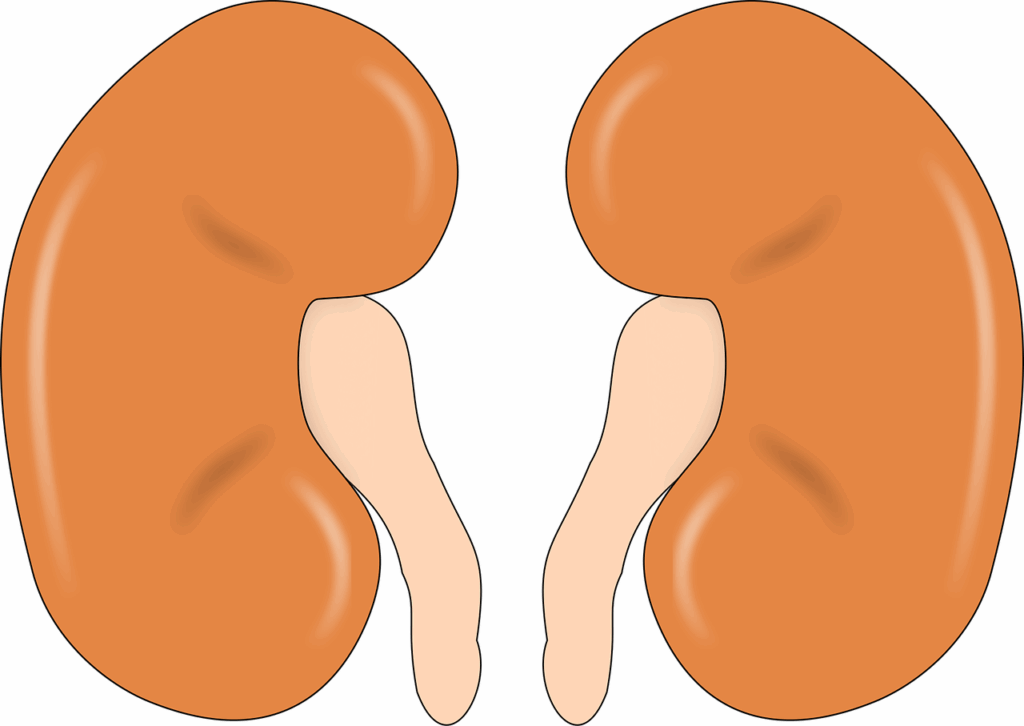
6. **Foot Ulcers and Slow Healing**The appearance of foot ulcers or wounds that are unusually slow to heal represents a particularly significant and concerning warning sign of potential kidney problems. This serious symptom often arises from a confluence of other kidney-related complications, creating a dangerous environment for foot health. It’s a clear signal that the body’s healing mechanisms are severely compromised, and immediate medical attention is necessary.
One of the primary contributors to chronic foot ulcers in kidney disease is poor circulation. As discussed earlier, kidney damage can lead to compromised arterial and venous blood flow. Inadequate arterial circulation means that oxygen and vital nutrients struggle to reach the extremities, particularly the toes and other distal areas of the feet. Without a robust supply of healing agents, even minor cuts, scrapes, or blisters can fail to heal properly and quickly escalate into open sores or ulcers.
Compounding this issue is peripheral neuropathy, the numbness and tingling that can accompany kidney failure. When sensation is diminished or lost in the feet, patients may not even notice small injuries or developing sores. A minor cut or blister, which would typically cause discomfort and prompt care in a healthy individual, can go completely unnoticed and untreated. This allows the wound to fester and deepen, creating a gateway for serious infections.
Left unchecked, these non-healing ulcers can rapidly progress, leading to severe infections, tissue death (gangrene), and in the most dire circumstances, amputation. Regular, thorough foot checks, ideally with the guidance of a podiatrist, become absolutely crucial for anyone experiencing or at risk of kidney disease. Paying meticulous attention to any sores on your feet that are not healing as expected is a major red flag that your kidneys need urgent attention.
Read more about: The Epsom Derby: 12 Unforgettable Chapters That Demanded the World’s Attention
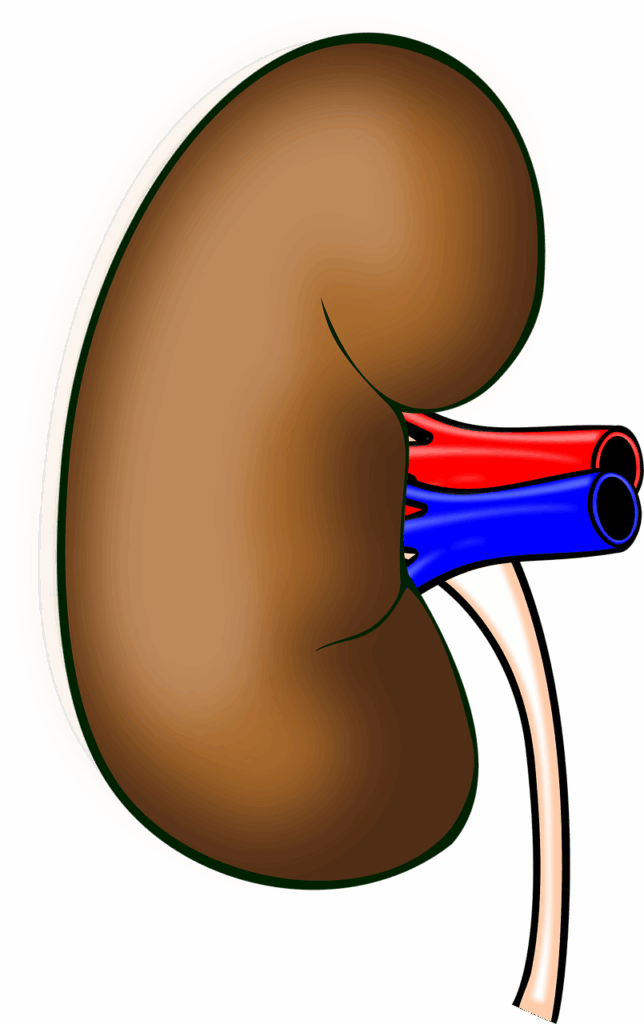
7. **Restless Leg Syndrome (RLS)**Restless Leg Syndrome (RLS) is an often-misunderstood condition characterized by uncomfortable sensations in the legs and feet, creating an irresistible urge to move them. While it might seem like a mere nocturnal annoyance, RLS is strongly associated with chronic kidney disease and can serve as another important warning sign emanating from your lower extremities. This compelling urge to move is more than just discomfort; it’s a symptom that warrants medical investigation.
Patients often describe the sensations of RLS in various ways: a burning pain, a crawling or creeping sensation under the skin, or persistent tingling in their feet, ankles, and legs. This discomfort is typically most pronounced during periods of rest, such as when trying to fall asleep in bed or during prolonged sitting. Movement, even just wiggling the toes or shaking the legs, provides temporary relief, but the symptoms often return once the movement stops.
While the exact cause of RLS is not fully understood, its strong association with kidney disease is well-documented. One significant link is to iron deficiency anemia, a common complication of advanced kidney disease. Kidneys produce a hormone called erythropoietin (EPO), which stimulates red blood cell production. Declining kidney function leads to low EPO levels, resulting in anemia, which in turn can contribute to RLS.
The impact of RLS on daily life can be substantial. For individuals experiencing severe symptoms, even sitting through an airplane ride, a car trip, a class, or a meeting can become an agonizing challenge. Therefore, if you frequently experience these peculiar, uncomfortable sensations in your feet and legs, especially when at rest, and feel an overwhelming urge to move them, it could be a signal of RLS and, by extension, a potential indicator of underlying kidney dysfunction. Discussing these symptoms with your doctor can help uncover the connection and guide appropriate interventions.
Our bodies are incredible at sending signals, and while your feet might be sounding the alarm, the clues don’t stop there. Beyond those lower extremity indicators, your kidneys can also send out urgent S.O.S. messages through other parts of your body, often in ways that seem unrelated to kidney health at first glance. Recognizing these systemic symptoms is just as crucial for early detection and intervention. Let’s delve into seven more vital warning signs that your kidneys might be struggling, urging you to pay attention to your body’s subtle cries for help.
Read more about: Unmasking the Saboteurs of Your Sleep: 15 Critical Routine Flaws Derailing Your Recovery Journey
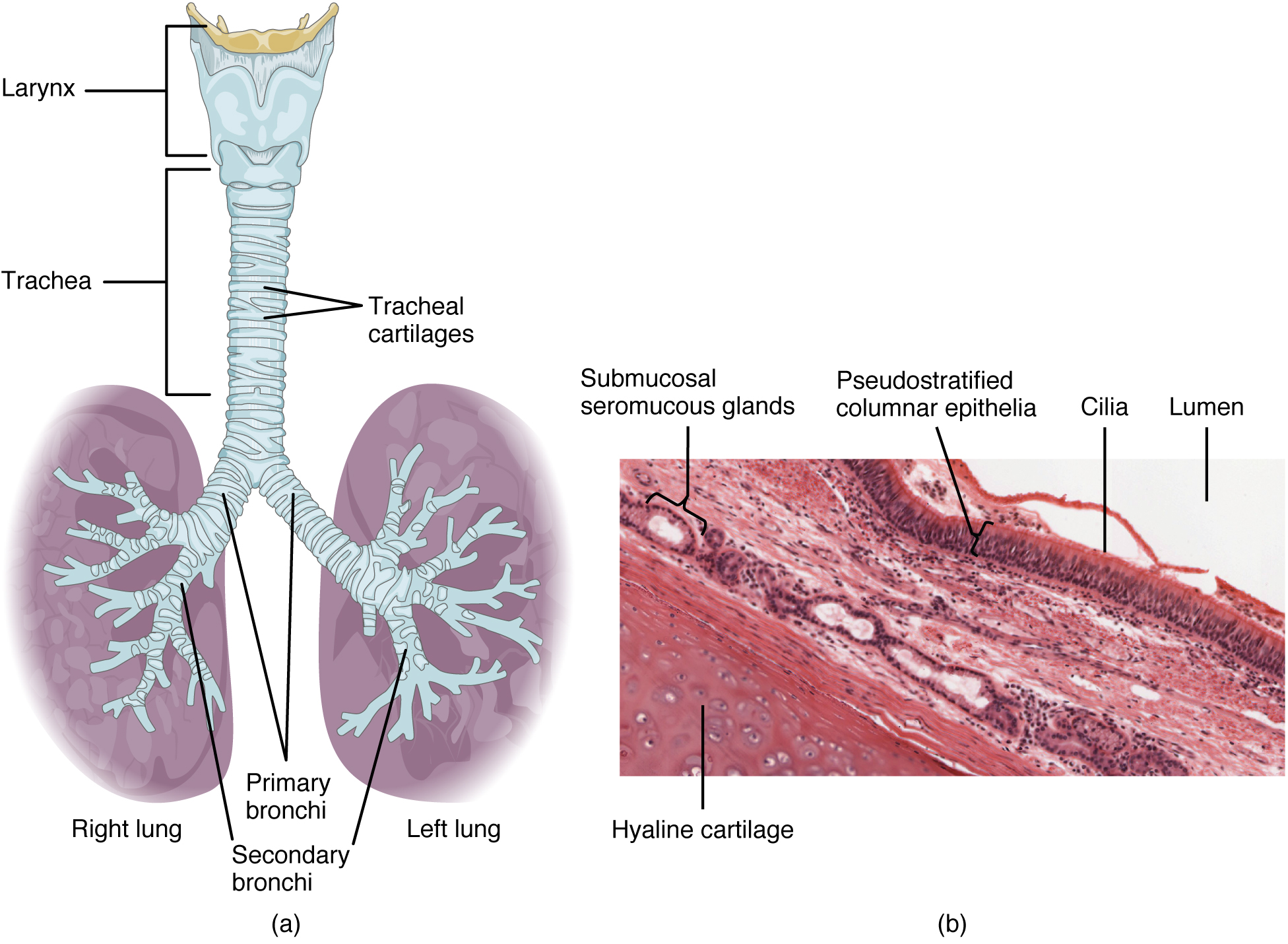
8. **Oral Changes: Metallic Taste, Ammonia Breath, or Meat Aversion**Beyond the physical discomfort in your feet, your mouth can also provide surprising clues to your kidney health. A persistent metallic or bitter taste, often described as similar to coins, is a distinct symptom known as dysgeusia. This occurs when waste products like urea, which your kidneys would normally filter out, accumulate in your bloodstream. This uremia directly affects your taste buds, altering how foods and drinks taste.
Compounding this unusual taste, some individuals with kidney dysfunction may notice their breath developing an ammonia-like or even urine-like odor. This unpleasant smell is another direct consequence of the kidneys’ inability to effectively remove toxins from the body. These waste products, containing nitrogen, can then be released through your breath, creating a very distinct and concerning aroma that should prompt medical attention.
Furthermore, the buildup of urea can trigger a sudden aversion to meat or protein-rich foods. Patients may find that these once-enjoyable foods now taste unpleasant, or even cause nausea, leading to a significant loss of appetite. These oral changes, ranging from a strange taste to a distinct smell and food aversion, are not merely minor irritations; they are critical signals that waste products are overwhelming your body’s systems, and your kidneys may be in significant distress.

9. **Foamy or Bubbly Urine**While the occasional bubble in your urine is usually harmless, a consistent presence of excessive foam or bubbles should never be ignored. This visual change in your urine can be a critical early indicator of kidney damage, specifically a condition known as proteinuria, which signifies that your kidneys are leaking protein. Healthy kidneys are designed to keep protein in your blood, but when their delicate filtering units are compromised, protein can escape into the urine.
The protein that escapes into your urine reacts with the air, creating a foamy appearance much like shaking a bottle of detergent. This isn’t just about aesthetics; protein in the urine is a direct sign that your kidneys’ filtration barrier is damaged and not functioning correctly. It’s often one of the earliest and most specific signs that something is amiss with kidney function, even before other more noticeable symptoms emerge.
In addition to foaminess, another urinary change to watch for is increased nighttime urination, medically termed nocturia. While not exclusively a kidney issue, waking up multiple times to urinate can be an early warning sign of declining kidney filtration, as the kidneys may struggle to concentrate urine effectively during the day. Therefore, if you consistently observe foamy or bubbly urine, especially alongside frequent nighttime trips to the bathroom, it’s paramount to consult your doctor for a prompt urine analysis to check for protein and assess kidney function.

10. **Puffy Eyes (Especially in the Morning)**Just as fluid retention can manifest in your feet, it can also become remarkably evident in your face, particularly around your eyes. Waking up with noticeably puffy or swollen eyes, especially if this becomes a regular occurrence, can be a subtle but important indicator of kidney dysfunction. This symptom often points to your kidneys failing to adequately filter out excess fluid and sodium from your body, leading to localized edema.
The delicate skin around the eyes is particularly susceptible to fluid accumulation, making puffiness here a highly visible sign. When your kidneys are struggling, they might also be leaking protein into your urine, a condition called proteinuria. This loss of essential blood proteins, particularly albumin, can reduce the osmotic pressure in your blood, causing fluid to shift out of your blood vessels and into surrounding tissues, including those around your eyes.
While allergies or a poor night’s sleep can cause temporary puffiness, persistent and unexplained swelling around the eyes, especially in the mornings, warrants careful attention. It’s a visual cue that your body’s fluid balance may be disrupted due to impaired kidney function. Consulting a healthcare provider can help differentiate between benign causes and more serious underlying kidney problems, ensuring early intervention if needed.
11. **Insomnia or Poor Sleep Quality**If you’re finding yourself tossing and turning, struggling to fall asleep, or waking up frequently throughout the night, it might be more than just stress or a busy mind. Insomnia and generally poor sleep quality are surprisingly common and overlooked symptoms in individuals with kidney disease. When your kidneys aren’t effectively filtering waste products, these toxins accumulate in your bloodstream and can profoundly interfere with your body’s natural sleep-wake cycles.
The buildup of uremic toxins can disrupt the central nervous system, making it difficult to achieve restful sleep. Furthermore, many individuals with kidney disease also experience other conditions that contribute to sleep disturbances, such as restless legs syndrome (which we discussed earlier), sleep apnea, or persistent itching. These combined factors create a challenging environment for quality sleep, leading to chronic fatigue and impacting overall well-being.
Ignoring persistent sleep problems can have wider implications for your health, exacerbating existing conditions and diminishing your quality of life. If you’re consistently experiencing insomnia or poor sleep quality without a clear explanation, especially if accompanied by other unusual symptoms, it’s worth discussing with your doctor. Addressing underlying kidney issues could be a crucial step toward restoring healthy sleep patterns and improving your overall health.
Read more about: Critical Depression Symptoms You Should Never Ignore: A Deep Dive into the Sleep-Depression Connection for Your Well-being
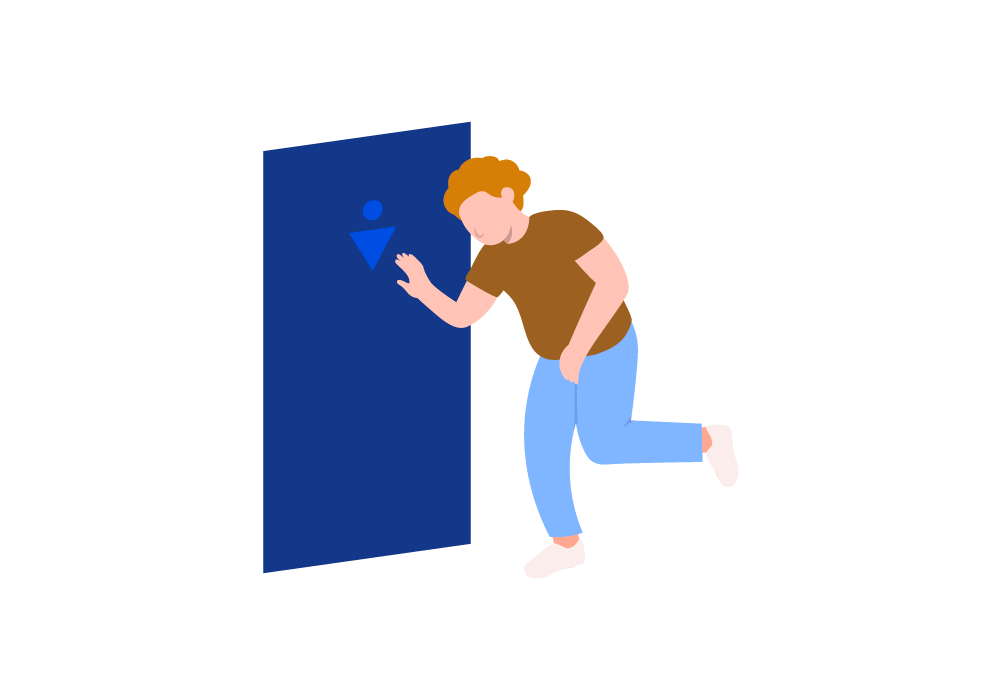
12. **Frequent Muscle Cramps**Have you ever been suddenly gripped by a painful, involuntary muscle contraction, often in your legs or feet? While occasional cramps can be benign, frequent and persistent muscle cramps, particularly in the lower limbs, can be a significant warning sign of kidney dysfunction. This symptom often stems from an imbalance of crucial electrolytes and minerals that your kidneys are normally responsible for regulating.
Specifically, low calcium levels (hypocalcemia) and high phosphorus levels (hyperphosphatemia) are common in kidney disease. Healthy kidneys maintain a delicate balance of these minerals, but when they falter, phosphorus can accumulate while calcium levels drop. This electrolyte imbalance directly affects nerve and muscle function, leading to painful and often debilitating muscle cramps. Magnesium imbalances, also influenced by kidney health, can further contribute to this issue.
These cramps are not just an inconvenience; they are a clear indication that your body’s internal chemistry is out of sync due to compromised kidney function. They can impact mobility, sleep, and overall comfort. If you’re experiencing frequent and unexplained muscle cramps, especially in conjunction with other symptoms, it’s imperative to consult your doctor. A simple blood test can reveal electrolyte imbalances and help determine if your kidneys are the underlying cause.
Read more about: Beyond Thirst: Unveiling the 11 Science-Backed Health Benefits of Drinking Water First Thing in the Morning

13. **Uncontrolled High Blood Pressure**High blood pressure, or hypertension, is a well-known risk factor for kidney disease, but it can also be a consequence of it. If you’re struggling with high blood pressure that remains elevated despite medication or lifestyle changes, your kidneys might be the silent culprits. Your kidneys play a vital and complex role in regulating blood pressure through several mechanisms, including controlling fluid volume and producing hormones like renin.
When kidney function declines, these regulatory mechanisms can go awry. The kidneys may struggle to remove excess fluid, leading to an increased blood volume that puts extra strain on your blood vessels. Furthermore, damaged kidneys can inappropriately release hormones that constrict blood vessels, driving blood pressure even higher. This creates a dangerous vicious cycle where high blood pressure further damages the kidneys, and damaged kidneys exacerbate hypertension.
Uncontrolled high blood pressure is a serious concern, as it significantly increases the risk of heart disease, stroke, and further kidney damage. Therefore, if your blood pressure is consistently high and resistant to conventional treatments, it’s crucial to investigate your kidney health. A thorough medical evaluation, including kidney function tests, can help uncover the connection and guide a comprehensive treatment plan that addresses both your blood pressure and kidney health.
Read more about: Beyond the Blur: 10 Essential Diabetes Eye Indicators You Can’t Afford to Ignore for Lifelong Vision
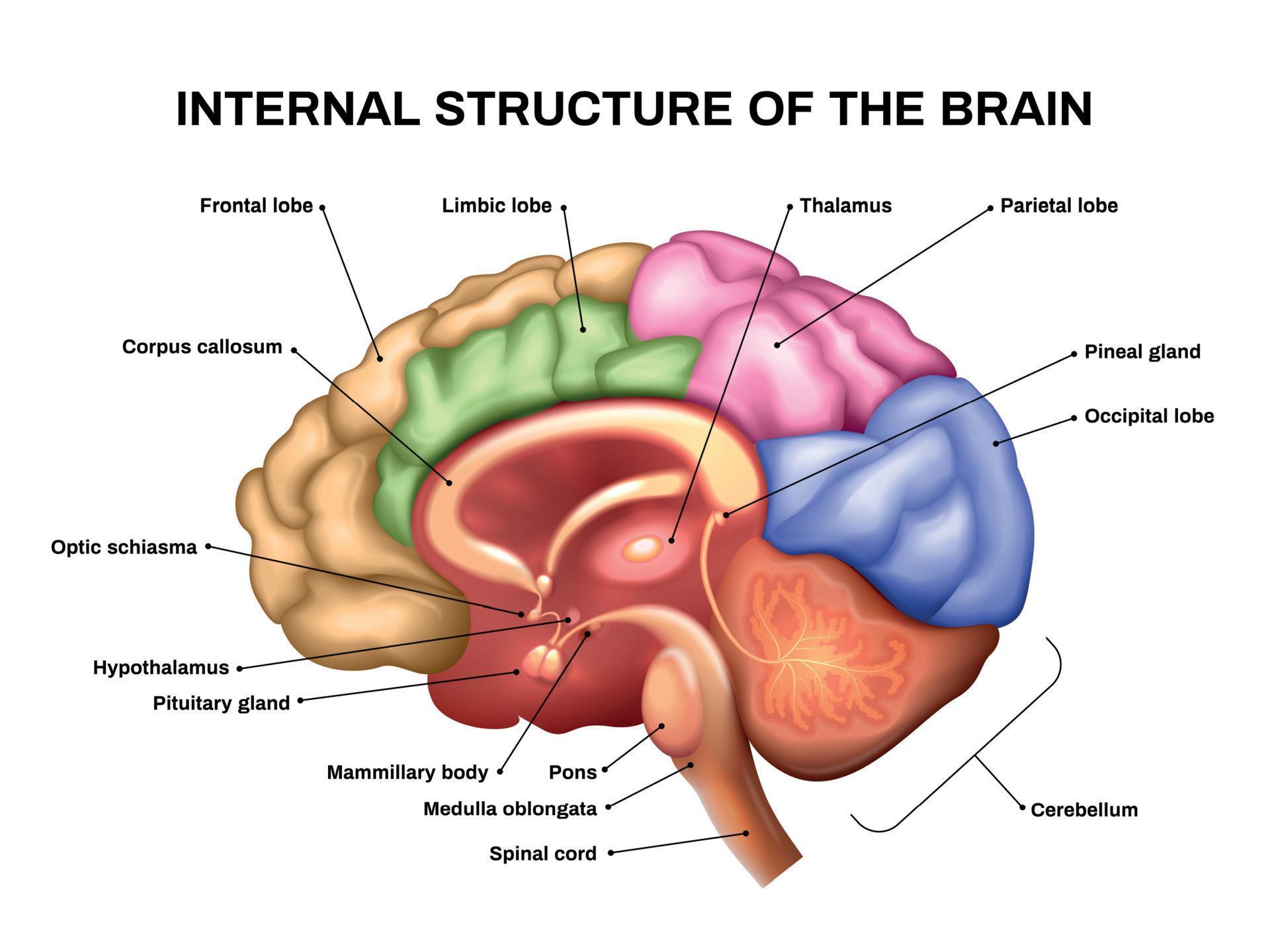
14. **Brain Fog or Difficulty Focusing**Feeling mentally sluggish, struggling with concentration, or experiencing frequent memory lapses can be incredibly frustrating and debilitating. While often attributed to stress or aging, “brain fog” or difficulty focusing can actually be a stealthy warning sign of kidney disease. This cognitive impairment arises from a combination of factors related to declining kidney function.
One primary cause is anemia, a common complication of kidney disease. Anemia means there aren’t enough healthy red blood cells to carry adequate oxygen to your brain. Reduced oxygen supply to the brain can manifest as fatigue, poor concentration, and impaired memory. Additionally, the accumulation of toxins in the bloodstream due to failing kidneys can directly affect brain function, interfering with nerve signals and leading to cognitive dysfunction.
This isn’t merely about feeling a bit tired; it’s about a noticeable decline in mental sharpness that can impact daily activities and quality of life. If you’re experiencing persistent brain fog, memory issues, or a general difficulty focusing that can’t be explained by other factors, it’s a symptom that warrants medical attention. Investigating kidney function can be a crucial step in understanding and potentially alleviating these concerning cognitive changes.
**Conclusion**
Our journey through the subtle yet critical warning signs of kidney failure, from the tips of your toes to the clarity of your thoughts, underscores a profound truth: your body is constantly communicating with you. These systemic indicators, often dismissed as unrelated ailments, are crucial pieces of a larger puzzle your kidneys are desperately trying to solve. From the strange metallic taste in your mouth to the frustrating brain fog, each symptom is a vital clue that demands your attention.
Read more about: Beyond Fatigue: Crucial Thyroid Disorder Symptoms You Should Never Overlook, Including Early Signs That Begin in Your Hair and Skin
Remember, early detection is not just a medical cliché; it’s your most powerful tool against the progression of kidney disease. Identifying these signs early allows for timely interventions, whether through diet, medication, or lifestyle adjustments, that can significantly slow damage, and in some cases, even prevent the need for dialysis or a transplant. Don’t let these sneaky symptoms go unnoticed. Listen to your body’s whispers, consult your doctor, and empower yourself with knowledge to protect these vital organs. Your proactive care today can pave the way for a healthier, more vibrant tomorrow, far from the shadows of advanced kidney disease.

